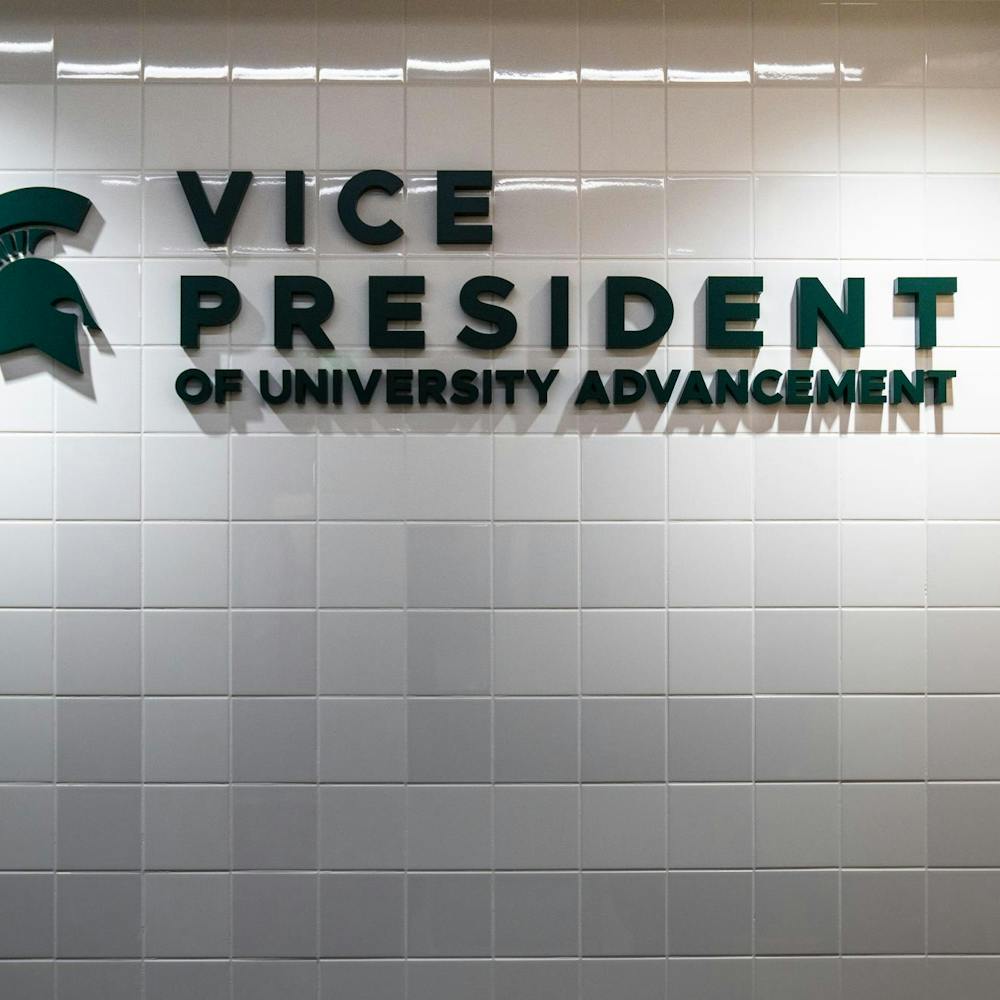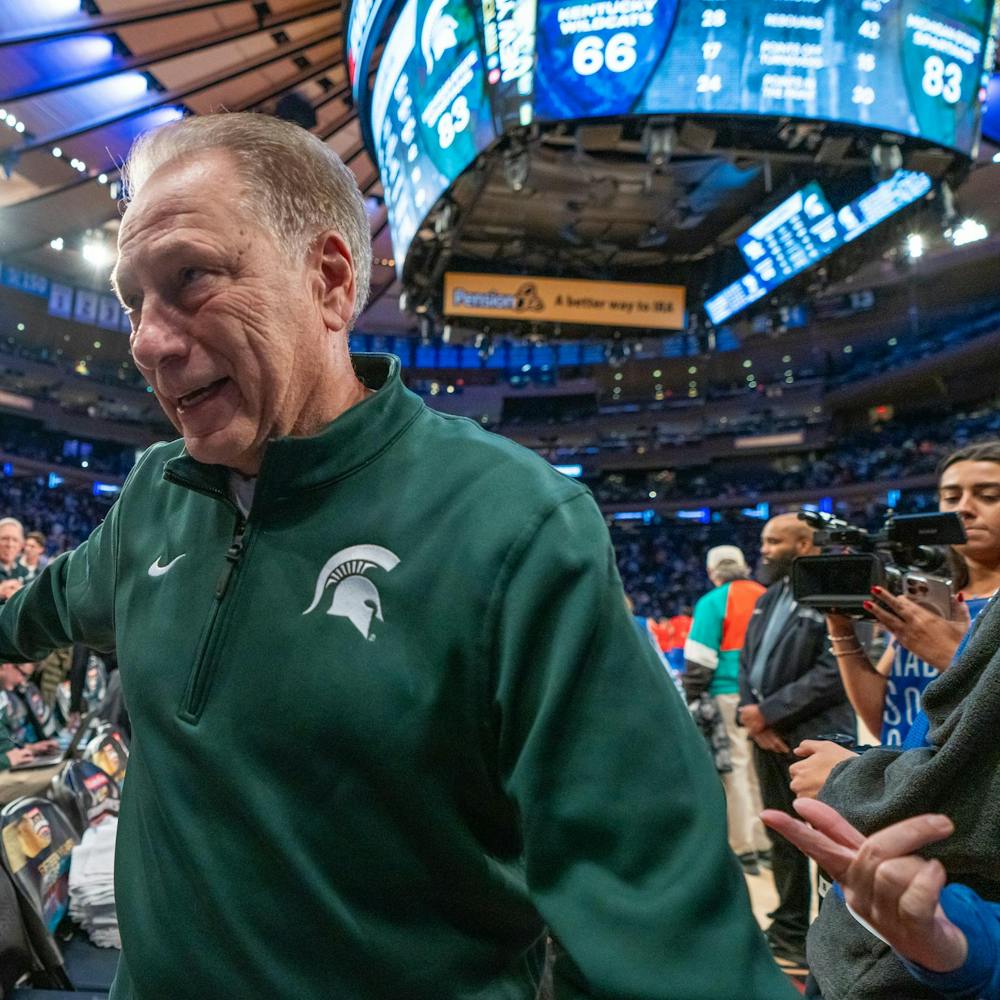Angelo Hankes was going to get a degree no matter the cost.
“I was always raised thinking I’m going to college — I’m going to college no matter what,” he said.
But like thousands of other MSU students, the history, philosophy and sociology of science senior came from a financially disadvantaged background.
He accepted scholarships and grants, but it wasn’t enough. It was time to look at loans.
Direct? Federal? Unsubsidized? What did it all mean?
“It was kind of daunting in the fact that you’re thinking, ‘Oh, I have to pay this back … Hopefully I’ll get a job afterwards,’” Hankes said.
Hankes is one of thousands of MSU students using loans to pay for college. He echoes the same worries as many other college students — What if I don’t find a job right after college to pay it all back?
Calculate your loans under Pay As You Earn with this calculator.
With President Barack Obama’s Pay As You Earn, a reformed federal loan program implemented Dec. 21, students won’t have to worry about defaulting on loan payments and plummeting credit scores if they can’t find a job immediately after graduation.
The loan situation
Val Meyers, associate director of the MSU Office of Financial Aid, said almost all MSU students take out loans in various forms.
MSU first recommends students fill out the Free Application for Federal Student Aid, or FAFSA, to receive federal funding for college.
After submitting a FAFSA form, MSU students usually take out one or more of four other types of loans:
•Direct unsubsidized loans from the government, on which students pay interest.
•Subsidized loans, on which the government pays interest.
•Perkins Loan, which is usually awarded to students with an even higher need for federal money.
•Parent loans, which guardians can take out for further financial assistance.
Pay As You Earn allows students who don’t immediately find a job after college to delay making payments on their loans until they find a job.
The program requires students to make loan payments on at least 10 percent of their income. Payments increase as a student’s income increases.
Students are eligible for the program if their monthly payment under a 10-year Standard Repayment Plan, the most common plan for students, is more than the amount they would pay with Pay As You Earn.
If students cannot cover the loan’s monthly interest, they can receive help from the government with Pay As You Earn.
If students don’t pay the entire loan back in 20 years, the loan is forgiven and students no longer have to make payments.
Keeping his promise
Support student media!
Please consider donating to The State News and help fund the future of journalism.
Helping students with loans was one of Obama’s main campaign strategies in 2007 to help him win the young adult vote.
In his 2010 State of the Union speech, he emphasized reforming the government’s Income-Based Repayment program, the prequel to Pay As You Earn, to help students pay back their loans.
Under this program, students made loan repayments 15 percent of their income for 25 years.
“In a global economy, putting a college education within reach for every American has never been more important,” Obama said in a October statement.
“But it’s also never been more expensive. That’s why today we’re taking steps to help nearly 1.6 million Americans lower their monthly student loan payments.”
Congress created a proposal to help students who take out loans in 2014, but the Obama administration created Pay As You Earn to help students beginning this year.
Hospitality business junior Canlon Bruer is one of thousands of students who took out a Stafford Loan, a form of a direct loan. About 6,500 MSU students took out a Stafford Loan during the 2011-12 school year.
“For the most part, I would say I think he followed through as far as his educational reform,” he said.
Hankes, who followed the government’s Income-Based Repayment program, echoed Bruer’s feelings about Obama’s loan repayment system.
“It still encourages paying back off the loans but at a more reasonable effort,” he said.
Recent college graduates already had enough on their minds on top of loans, Hankes said adding:
“I think that helps emotionally.”
Looking ahead
As graduation looms closer, Bruer is starting to wonder how he’s going to manage his student debt.
“I’m just hoping I can get a job right after graduation and get chipping away on those as soon as possible,” he said.
MSU offers “exit counseling” information to figure out a repayment system as students near graduation.
Although Obama’s new Pay As You Earn program might seem to be the answer to helping students repay loans, there are some drawbacks, Meyers said. If students don’t pay loans back within 20 years, the federal government will treat whatever students didn’t pay back as taxable income.
On top of that, whatever isn’t paid back by a student will be paid for by taxpayers. Meyers said this could prove to be a problem in the future.
“Twenty years down the road, we may be paying a lot of our taxpayer money to forgive the money (students didn’t pay), and that might be a bad thing,” she said.
But if students use their MSU degree to find a job in good time, Pay As You Earn could prove to be a helpful solution to manage loans.
Discussion
Share and discuss “Know Your Loan” on social media.






